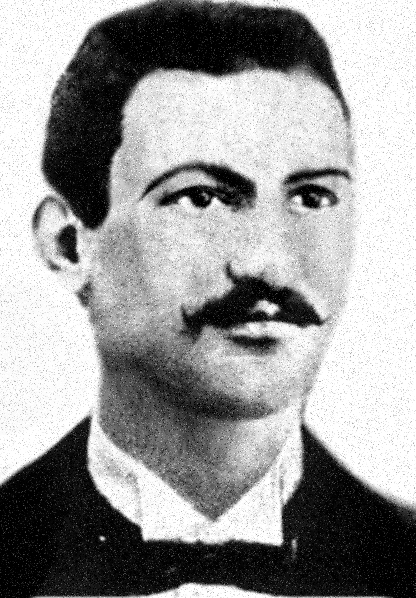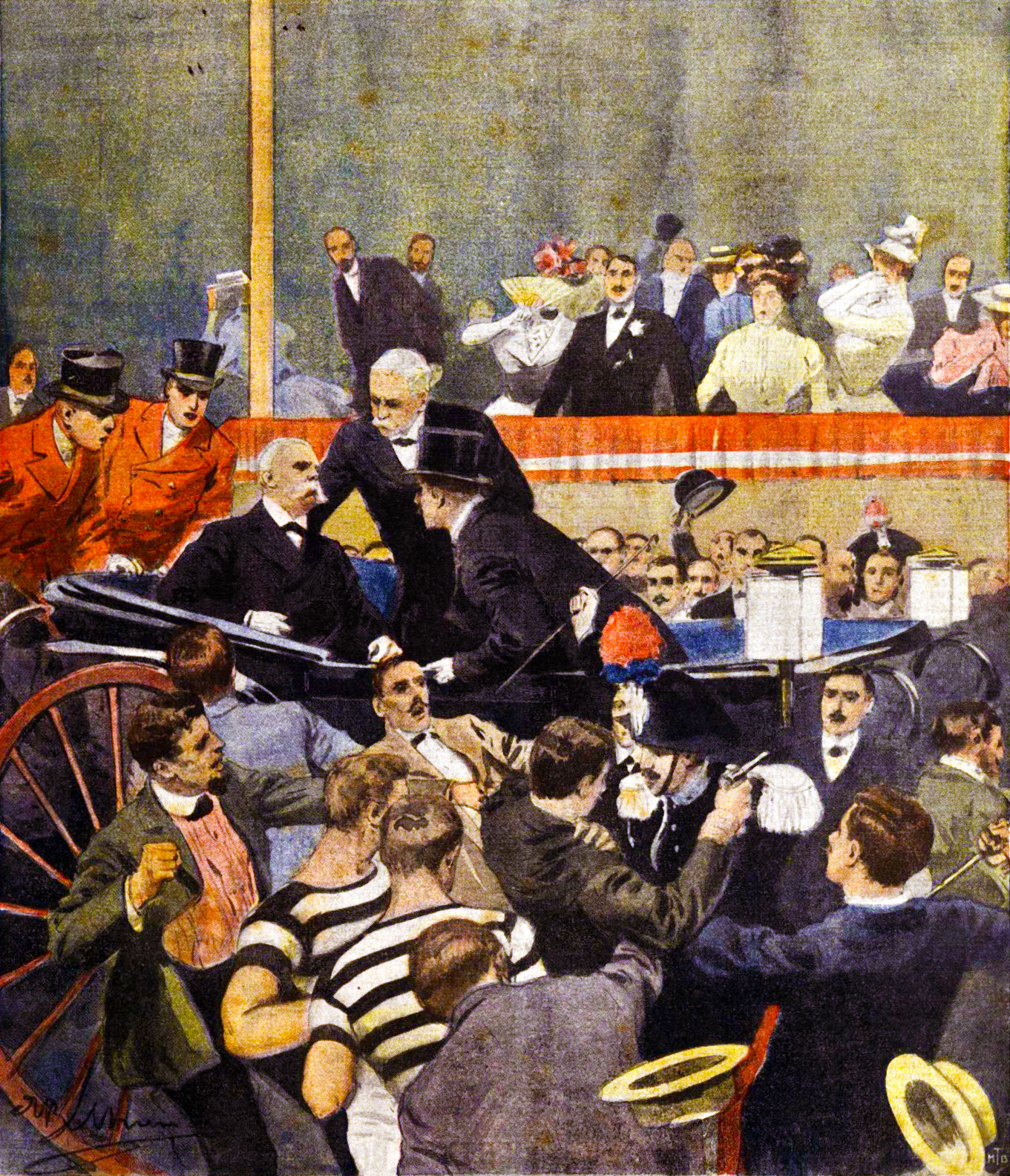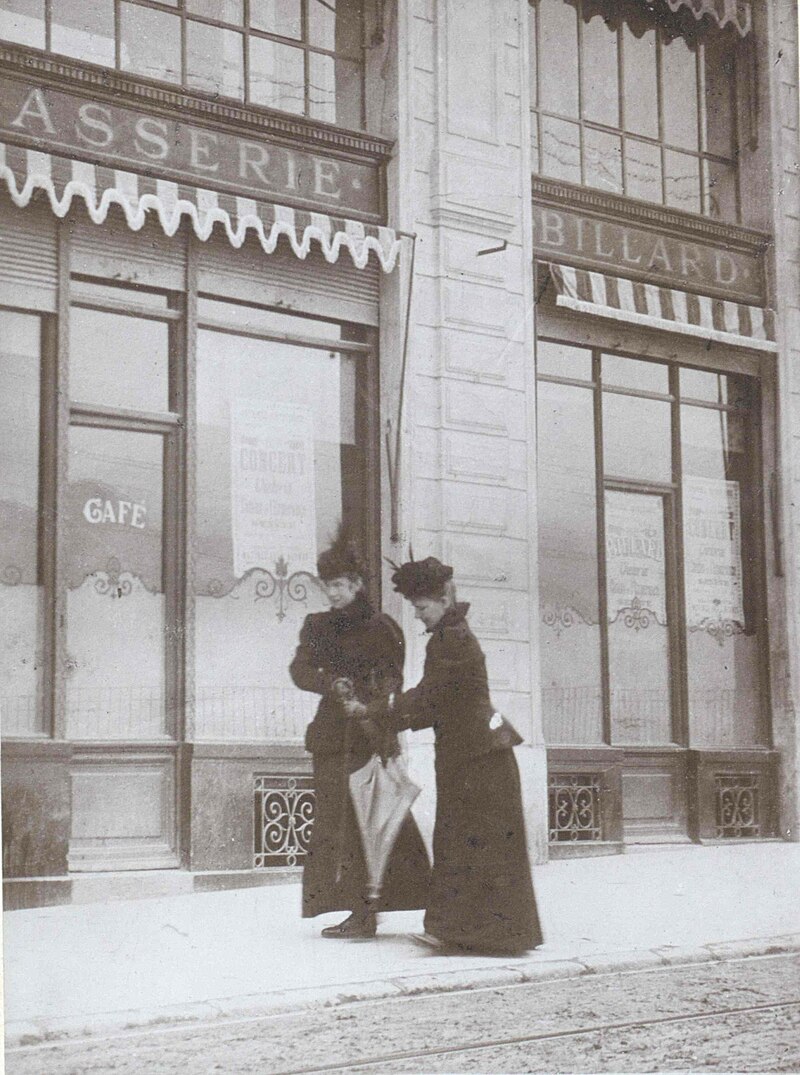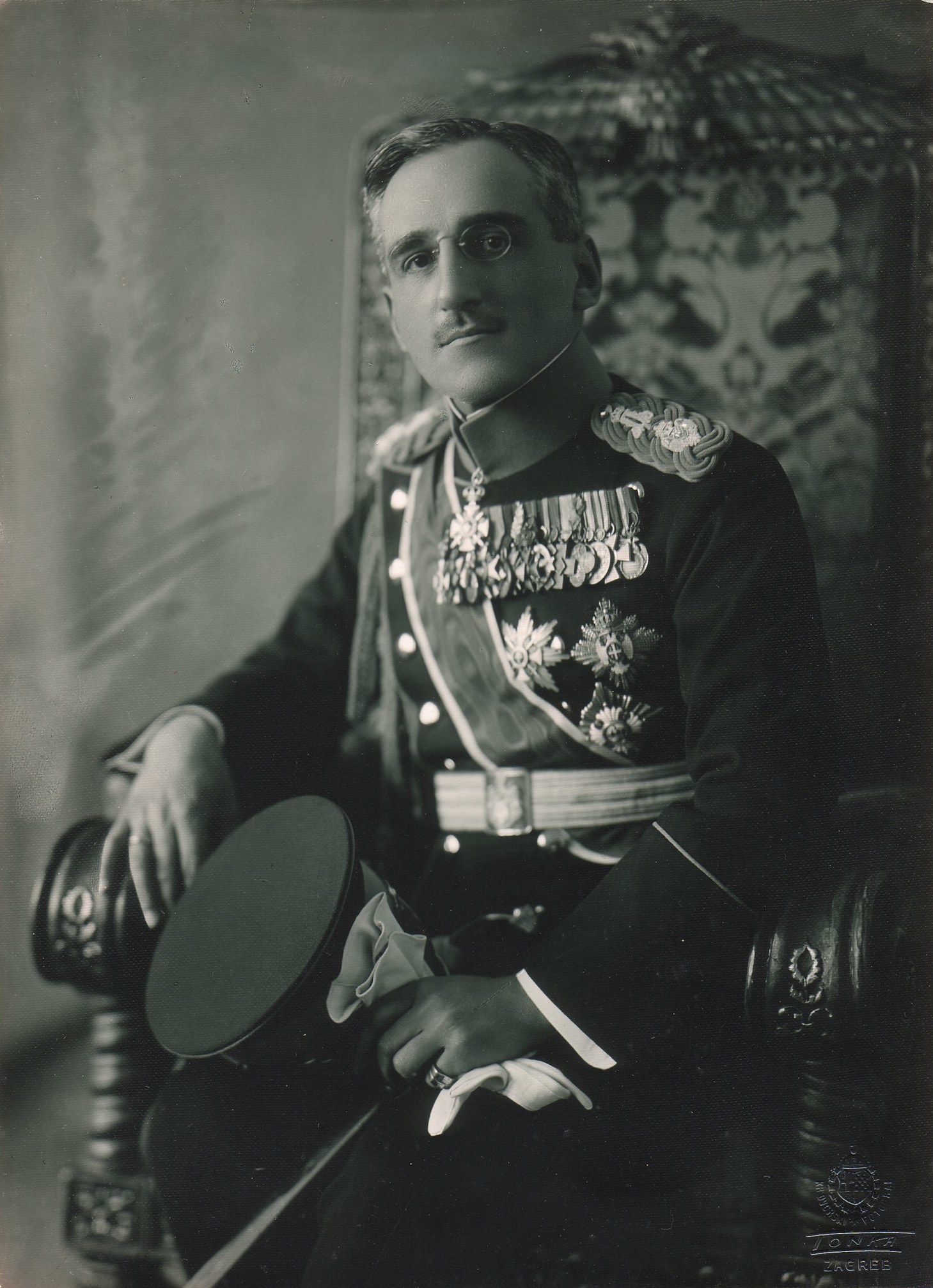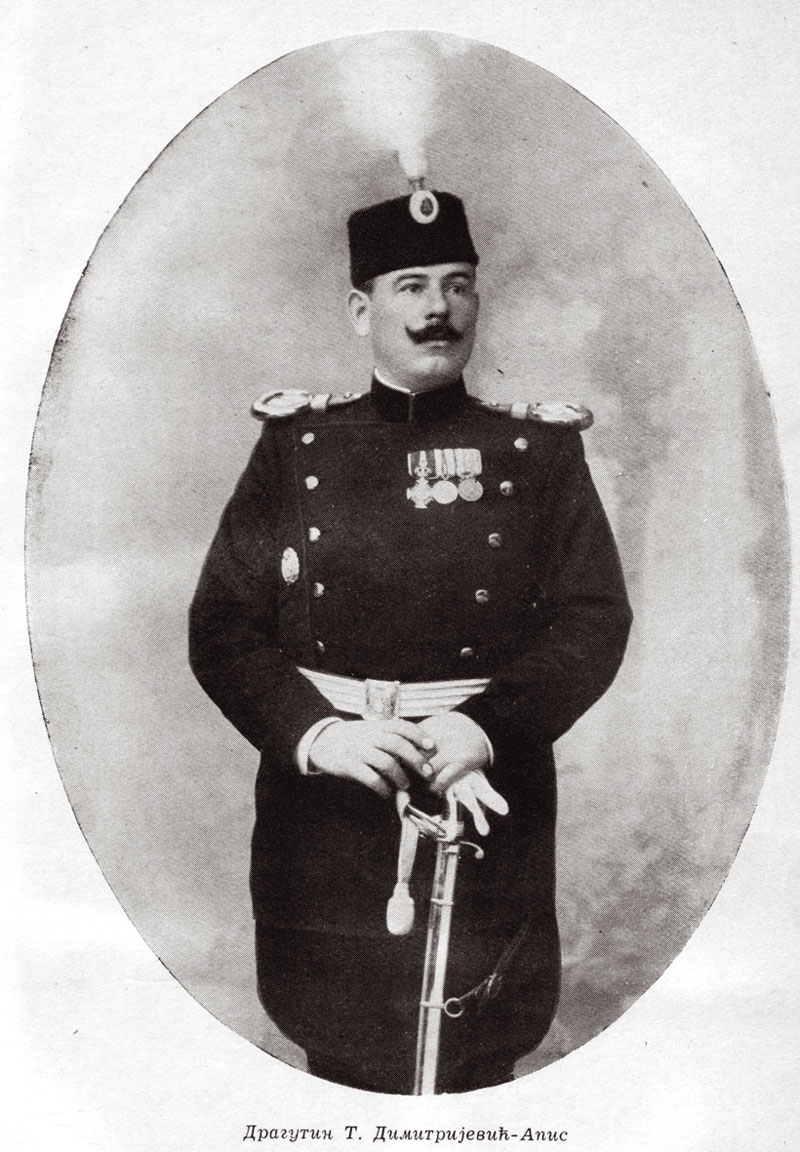by Susan Flantzer © Unofficial Royalty 2020
On August 2, 1100, William II Rufus, King of England rode out from Winchester Castle on a hunting expedition to the New Forest, accompanied by his brother Henry and several nobles. During the hunt, an arrow hit William Rufus in his chest, puncturing his lungs, and killing him.
William II Rufus, King of England

Credit – Wikipedia
King William II Rufus of England was born in the Duchy of Normandy, now in France, between 1056 and 1060. He was the third of the four sons of King William I of England (the Conqueror) and Matilda of Flanders. At the time of William Rufus’ birth, his father was the Duke of Normandy. In 1066, William, Duke of Normandy invaded England and defeated the last Anglo-Saxon King, Harold Godwinson at the Battle of Hastings. The Duke of Normandy was then also King William I of England.
In 1087, King William I divided his lands between his two eldest surviving sons. The eldest son Robert Curthose was to receive the Duchy of Normandy and William Rufus, the second surviving son was to receive the Kingdom of England. William I’s other surviving son Henry (the future King Henry I of England) was to receive 5,000 pounds of silver and his mother’s English estates.
King William I of England died on September 9, 1087. Robert Curthose became Robert II Curthose, Duke of Normandy and William Rufus became King William II Rufus of England. Henry received the money, but no land. William Rufus never married and had no children.
In 1096, Robert Curthose left for the Holy Land on the First Crusade. In order to raise money for the crusade, he mortgaged the Duchy of Normandy to his brother King William II Rufus. The two older brothers made a pact stating that if one of them died without heirs, both Normandy and England would be reunited under the surviving brother. William then ruled Normandy as regent in Robert’s absence. Robert did not return until September 1100, one month after William Rufus’ death.
The Death of William Rufus
Death of William Rufus, 1895 lithograph; Credit – Wikipedia
On August 2, 1100, King William II Rufus rode out from Winchester Castle in Winchester England on a hunting expedition to the New Forest, accompanied by his brother Henry and several nobles. His elder brother Richard and his nephew Richard, the illegitimate son of his brother Robert Curthose, had both been killed in hunting accidents in the New Forest.
According to most contemporary accounts, the hunting party spread out as they chased their prey. William Rufus, in the company of William Tirel, a noble, became separated from the others as he chased after a stag. William Rufus shot an arrow but missed the stag. He then called out to Tirel to shoot, which he did, but the arrow hit the king in his chest, puncturing his lungs, and killing him.
The Aftermath
Fearing reprisals, Walter Tirel immediately jumped on his horse and fled to France where he took refuge in one of his French castles. The other nobles who had been with William Rufus abandoned his body and fled to their Norman and English lands to secure their possessions following the death of the king.
The next day, William Rufus’ body was found by a group of local farmers. The farmers loaded the king’s body on a cart and brought it to Winchester Cathedral where he was buried under a plain flat marble stone below the tower with little ceremony.
In 1107, the tower at Winchester Cathedral near William Rufus’ grave collapsed and the presence of William Rufus’ remains was considered to be the cause. Around 1525, the royal remains in Winchester Cathedral were rearranged. William Rufus’ remains were transferred to one of the mortuary chests next to the mortuary chest of King Cnut the Great atop the stone wall around the high altar.
In 1642, Winchester Cathedral was sacked by Parliamentary Troops during the English Civil War. The remains in the mortuary chests were scattered around the cathedral. Later the remains were returned to the mortuary chests in no particular order. In 2015, a project to record and analyze the contents of the mortuary chests began.

Mortuary chest in Winchester Cathedral; Credit – www.findagrave.com
In the New Forest, a memorial stone, known as the Rufus Stone, claims to marks the spot where William Rufus died.

Rufus Stone; Credit – Wikipedia
Was there a conspiracy to assassinate William Rufus?
Walter Tirel was an excellent archer but he badly missed his shot. He vigorously denied killing William Rufus on purpose and repeated the denial several times under oath to Abbot Suger of the Abbey of Saint-Denis, the principal minister of King Louis VI of France. There was no investigation into William Rufus’ death because it was thought that his death was an accident and not a deliberate act. Tirel was not subjected to any punishment or loss of land.
However, William Rufus’ younger brother Henry was among the hunting party that day and would have benefited directly from his death. Henry was among the nobles who abandoned William Rufus’ body in the New Forest. William Rufus’ elder brother Robert Curthose was still on crusade, so Henry was able to seize the crown of England for himself despite the pact his two elder brothers had made stating that if one of them died without heirs, both Normandy and England would be reunited under the surviving brother.
Henry hurried to Winchester to secure the royal treasury. The day after William Rufus’ funeral at Winchester, the nobles elected Henry king. Henry then left for London where he was crowned King Henry I of England three days after William Rufus’ death by the Bishop of London. Henry did not wait for the Archbishop of Canterbury to arrive. If William Rufus’ death was a conspiracy, the new King Henry I could have easily squelched any investigation and kept Walter Tirel free from any consequences.
Some modern historians find the assassination theory credible. Others say that hunting accidents were common as evidenced by William Rufus’ brother and nephew dying in hunting accidents and there is not enough hard evidence to prove murder.
This article is the intellectual property of Unofficial Royalty and is NOT TO BE COPIED, EDITED, OR POSTED IN ANY FORM ON ANOTHER WEBSITE under any circumstances. It is permissible to use a link that directs to Unofficial Royalty.
Works Cited
- Ashley, M. and Lock, J. (1998). The Mammoth Book of British Kings & Queens. New York: Carroll & Graf Publishers.
- Dodson, A. (2004). The Royal Tombs of Great Britain. London, p.Gerald Duckworth and Co. Ltd.
- En.wikipedia.org. (2019). Walter Tirel. [online] Available at: https://en.wikipedia.org/wiki/Walter_Tirel [Accessed 28 Dec. 2019].
- En.wikipedia.org. (2019). William II of England. [online] Available at: https://en.wikipedia.org/wiki/William_II_of_England [Accessed 28 Dec. 2019].
- Flantzer, Susan. (2016). King William II Rufus of England. [online] Unofficial Royalty. Available at: https://www.unofficialroyalty.com/king-william-ii-rufus-of-england/ [Accessed 28 Dec. 2019].
- Fr.wikipedia.org. (2019). Gautier II Tirel. [online] Available at: https://fr.wikipedia.org/wiki/Gautier_II_Tirel [Accessed 28 Dec. 2019].
- Fr.wikipedia.org. (2019). Guillaume le Roux. [online] Available at: https://fr.wikipedia.org/wiki/Guillaume_le_Roux [Accessed 28 Dec. 2019].
- Williamson, D. (1996). Brewer’s British Royalty. London: Cassell.


